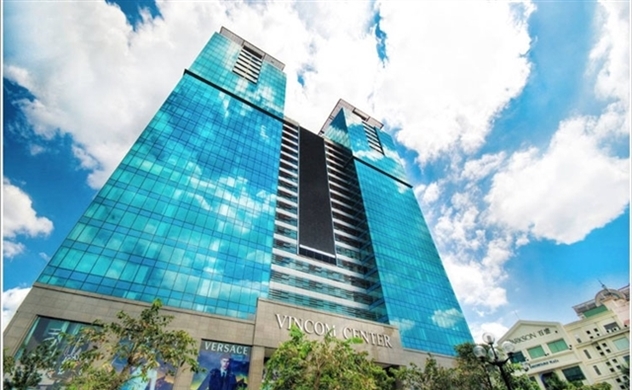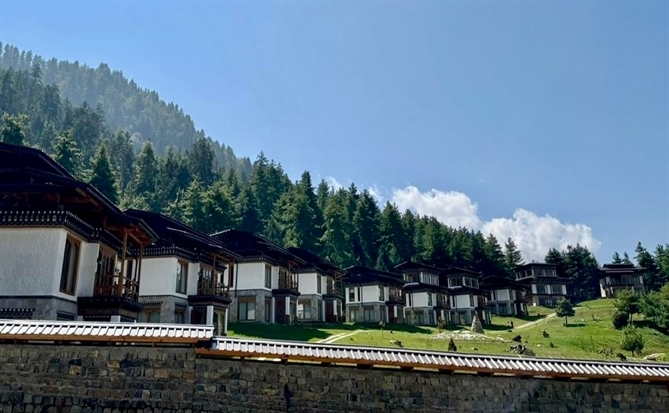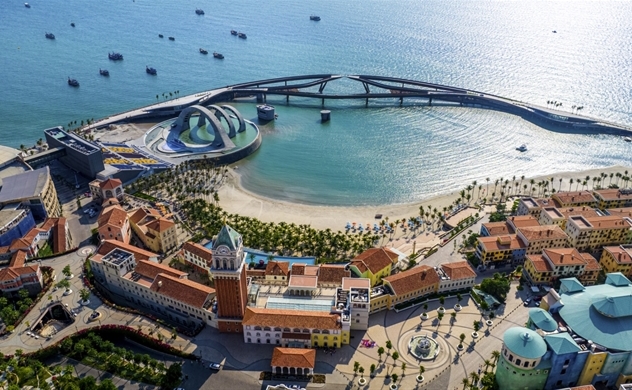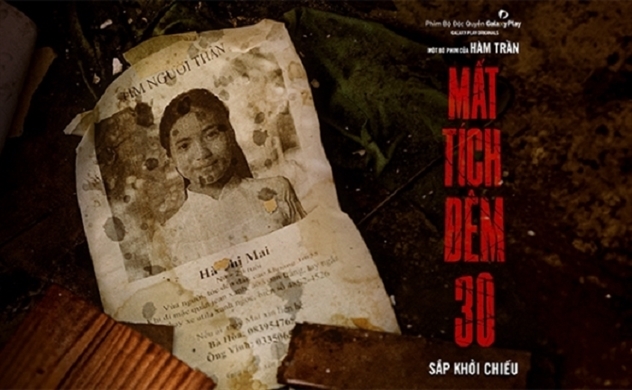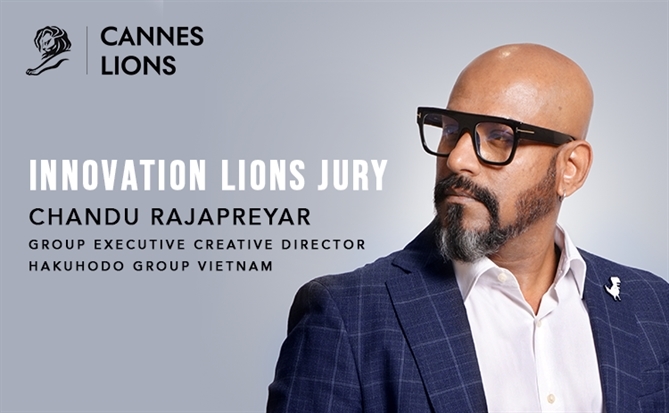Preserving national cinema heritage is a challenge
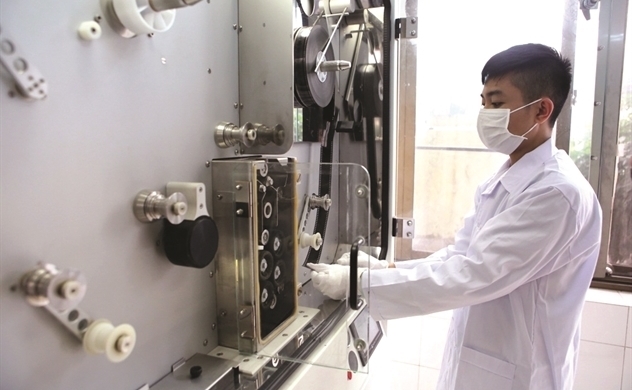
The contemporary Vietnamese film industry is developing rapidly, but there is much to discuss. Photo: vienphim.org.vn
Each development stage corresponds to its own characteristic cinematic product. Due to historical factors and quality, the cinema of the 1950s, 1960s, and 1970s seem to represent the pinnacle of Vietnamese cinema.
At that time, cinema was fully funded by the Government. Artists are assigned the task of making films and are supported with all necessary equipment. Filmmakers and directors are free to experiment with cameras, editing, and lighting, to create compelling films.
The contemporary Vietnamese film industry is developing rapidly, but there is much to discuss. This is not a strong industry because although there are good film production units, many creative ideas, and excellent films, the industry as a whole is not strong.
Cinema has evolved into a private industry with film production companies. Hanoi used to be the center of cinema, but now Ho Chi Minh City, where people are more business-minded, has risen to the top.
This statement may be controversial, but I find Vietnamese films of the 1960s and 1970s more appealing than commercial productions today, even though we now have competitive filmmakers. Today, everything is only for commercial purposes, there is no real foundation for art film.
Born in 1961, A Phu Husband and Wife is my absolute favorite movie and illustrates exactly what I think. The visual style is phenomenal and some of the scenes are very different.
The film depicts the social life of ethnic minorities in Northwest Vietnam in the context of the socialist revolution. Even though the title is A Phu Couple, from beginning to end the wife is the main character and she is an amazing and courageous heroine throughout the movie.
As can be seen, cinematic legacies like the ones above are fascinating yet challenging subjects. The main difference between film and digital film lies in technology, which is revolutionary in the way we create this culture. What is the meaning of heritage? Is that the category of cultural memory? Is it a work of art? Many people do not think that movies are so necessary that they need to be preserved. Films break down faster than we think, so we need to protect them or we don't want them to disappear completely.
Previously, in Vietnam, cinema was more popular, received more attention from central authorities, and received stronger financial support. This explains why movies from the 1960s-1970s are so well preserved. More efforts are needed to address technical limitations and lack of funding. With the help of archival experts, the Vietnam Film Institute has been collecting and preserving Vietnamese films. With the vast number of films here, the Institute has one of the finest collections in Southeast Asia.
However, they still need additional funding because maintaining the repository is a costly undertaking. Meanwhile, the fund to preserve Vietnamese films is extremely limited. I am also trying to create an updated version of A Phu's Husband and Wife by working with the Film Institute to digitize this work. We are looking for funding to realize this ambition.
My recommendation is to be aware of the limitations and problems of using digital media. They are amazing - digital media gives us a wealth of information in a timely manner and the ability to access everything instantly from anywhere in the world. Although it is less expensive, it is not sustainable in the long run.
Data is extremely sensitive and vulnerable, especially in the film industry. The preservation of digital files is a big deal. It has a high cost and currently no available resources, which happens all over the world. Filmmakers should consider what their work is and how they see it in the years to come. If a movie is considered timeless even after 50 years, like a work of art, simply saving it to a hard drive won't help pass it on.
Another important issue is that filmmakers should not preserve films themselves. They no longer send films to the Vietnam Film Institute. The agency, which was originally tasked with storing Vietnamese films, is currently not receiving new films because producers do not consider it a reliable source to store their digital films. Thus, although we may still have all the movies made in the 1960s, 1970s, and 1980s, we are likely to lose the movies we have today.
Preserving Vietnam's cinematic heritage is a shared responsibility of the film industry, public and non-profit film repositories, as well as the public. Just as making a successful film will require the total dedication and efforts of hundreds of people, ensuring its survival will require the collaborative efforts of all cinema agencies and organizations.
At RMIT, as an institution of higher education, I want students to grasp the instability of digital media and how things technically work to maintain and explain our cultural heritage for future generations.
Recent initiatives by the film industry must continue and expand for the legacy of Vietnam's cinema to survive, with the independent efforts of each studio as well as through an alliance between studios and archives to tie the knot. Vietnamese films have been an important cultural expression of the country over the past century and deserve more attention from the public.

 TIẾNG VIỆT
TIẾNG VIỆT 